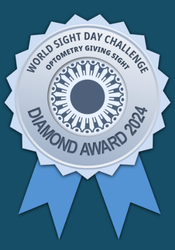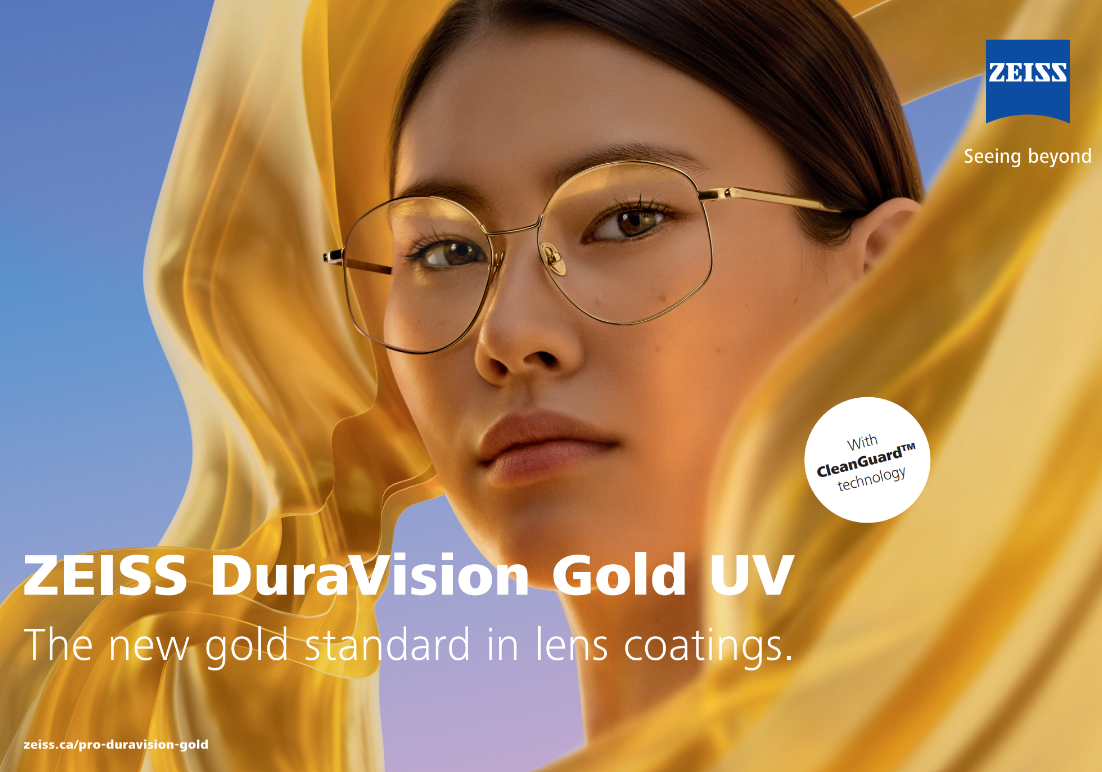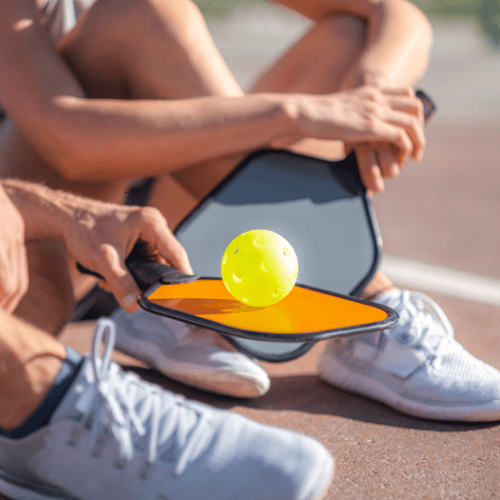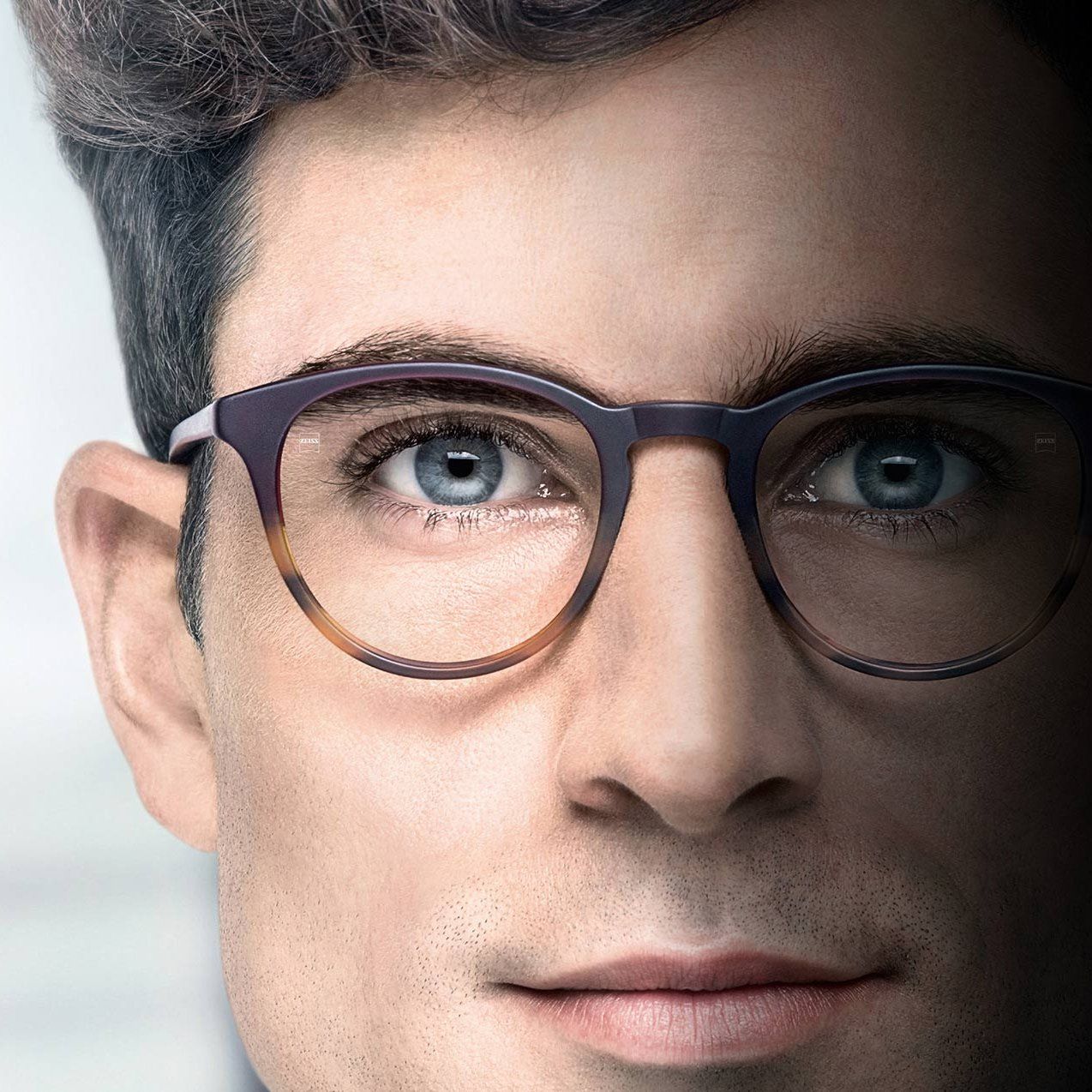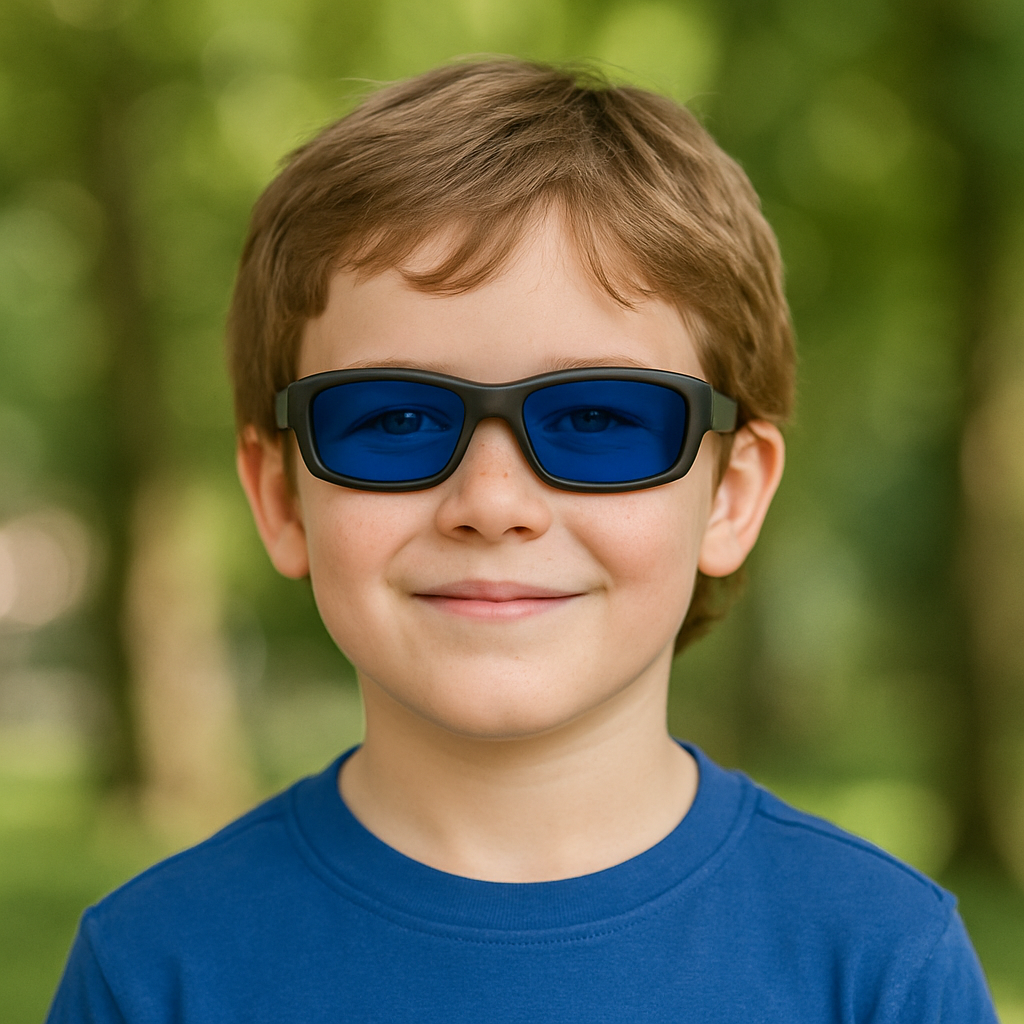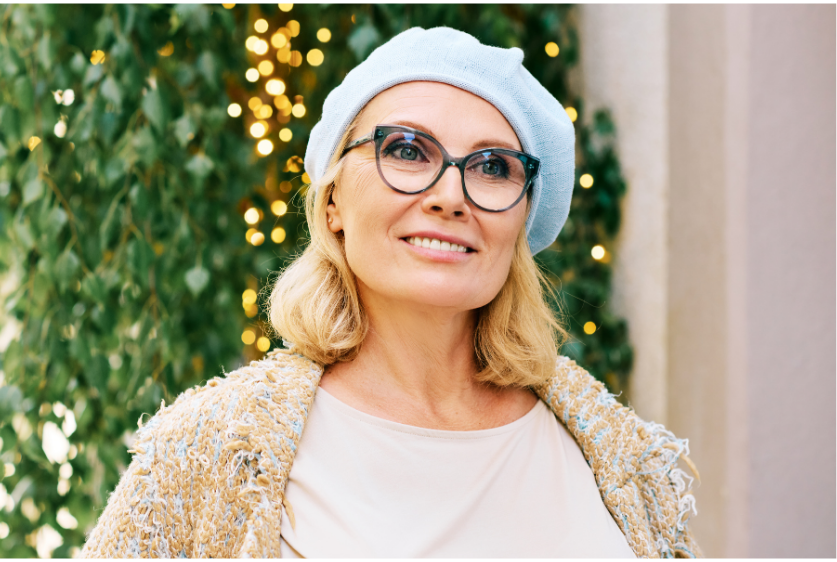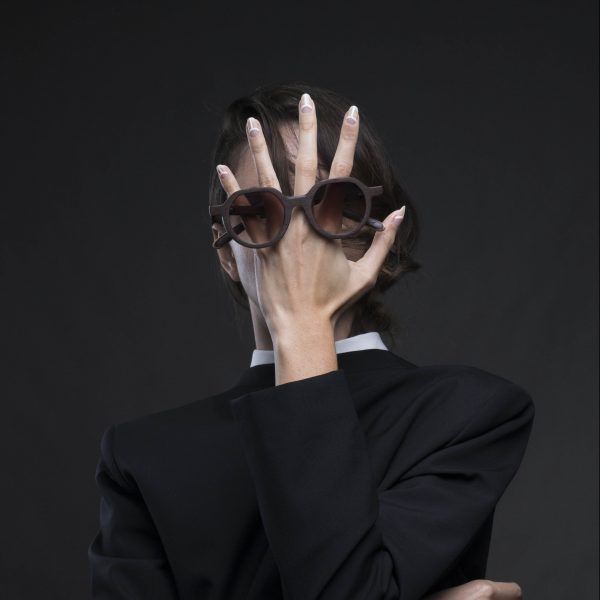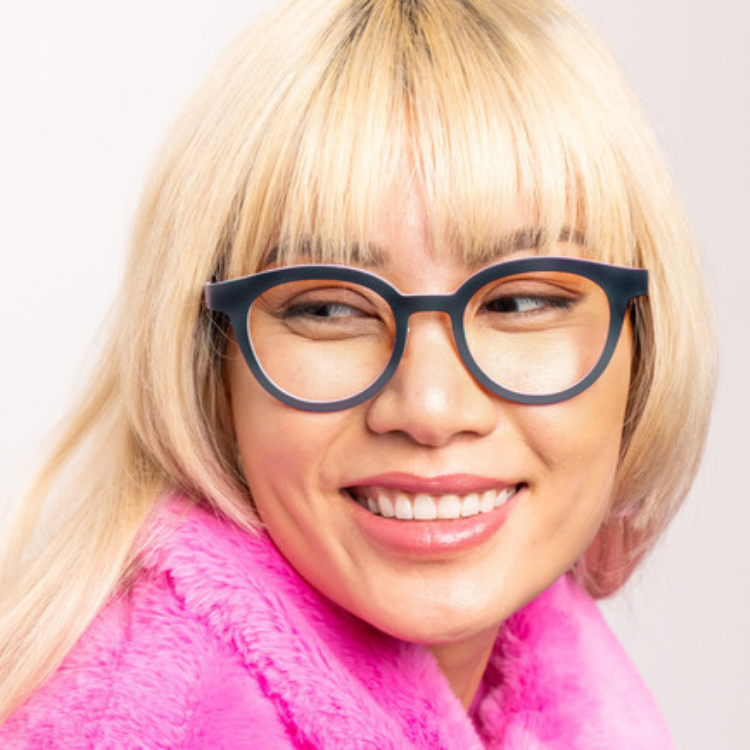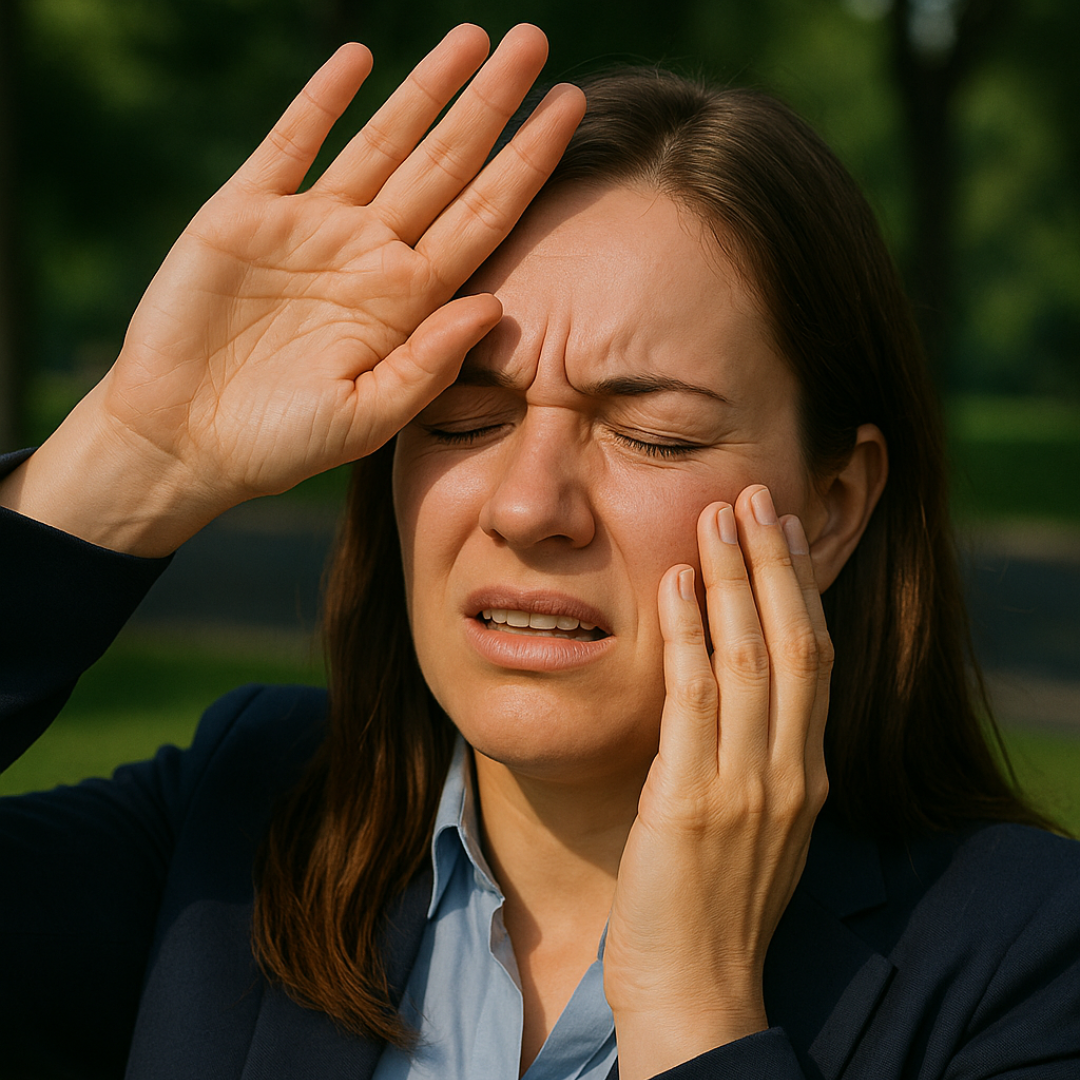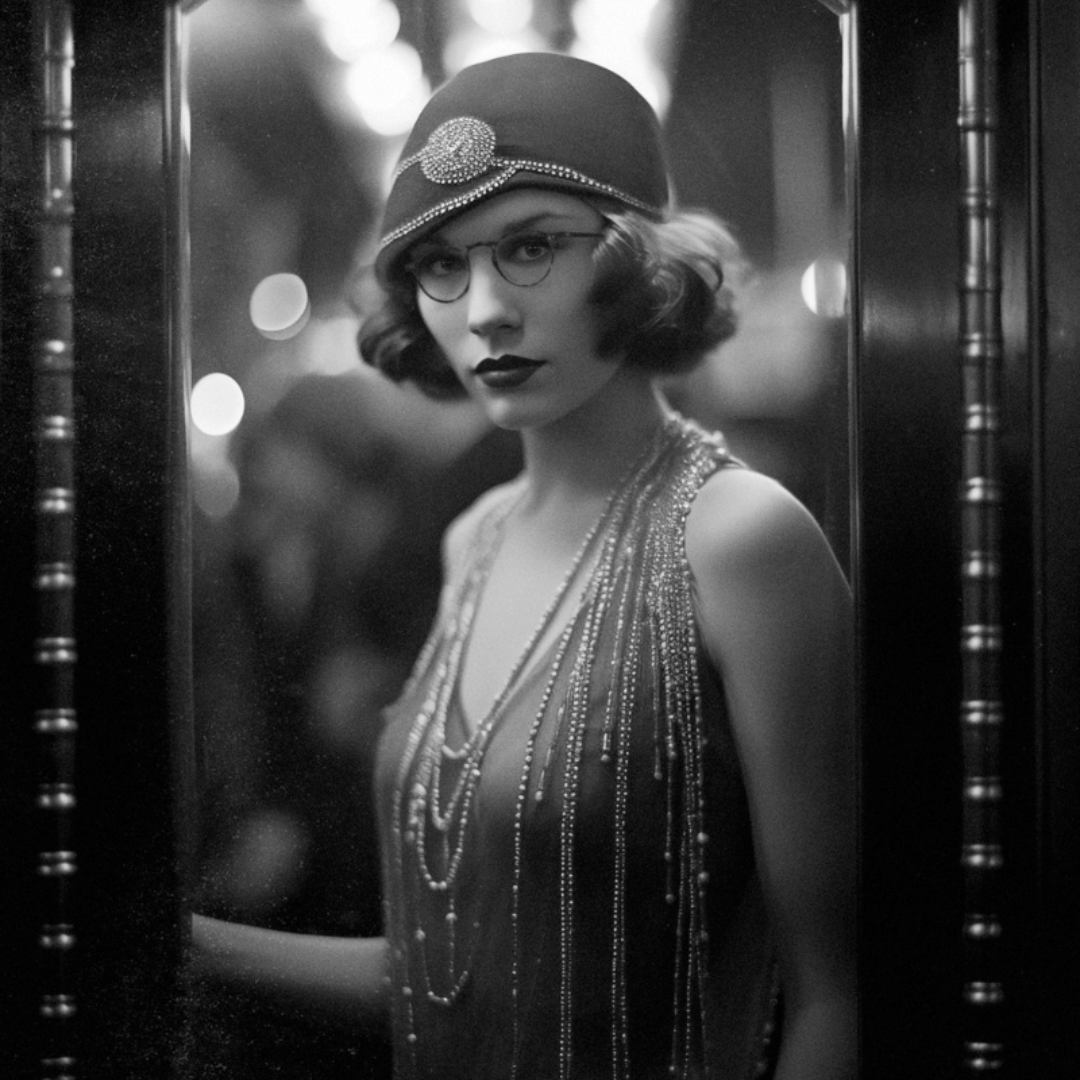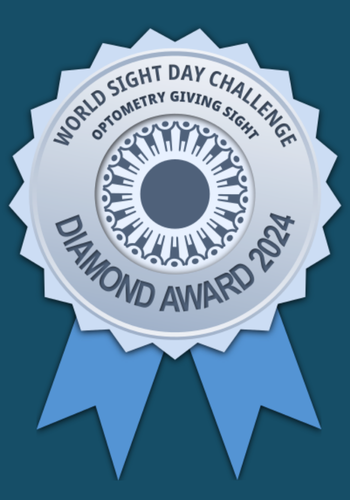Two of my favorite sports…running and cycling, have unique vision demands. It doesn’t get any better than Alberta in the summer if you want to climb a switchback on your mountain bike or train for a half-marathon in the suburban trails.
First and foremost consider protection. Two aspects exist in these sports– first, you should have eye wear that physically protects your eyes from harmful objects. A bug flying into the eye or a corneal abrasion from a branch hitting your eye at high speed on a downhill trail can be serious enough to cause permanent vision loss. The second aspect is ultraviolet light (UV). Our higher elevation and significant sunshine can cause sunburns to the surface of your eyes (a painful short-term condition) as well as contribute to cataracts, macular degeneration and eyelid cancers (in the long term, with repeated UV exposure).

